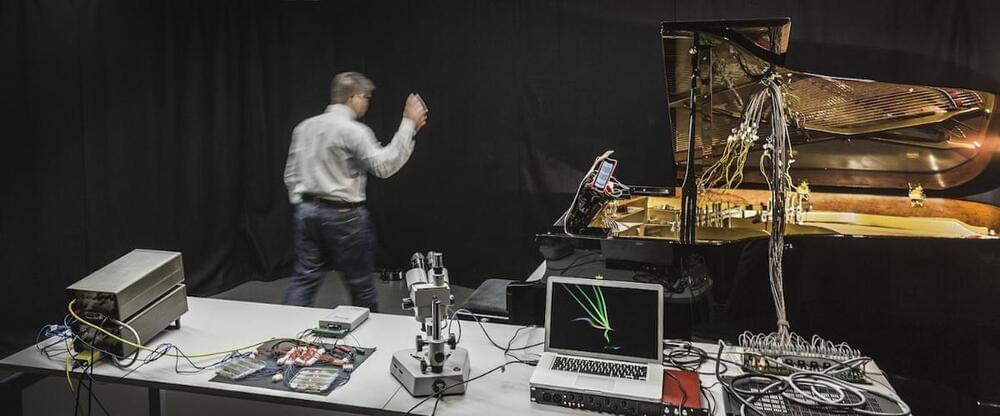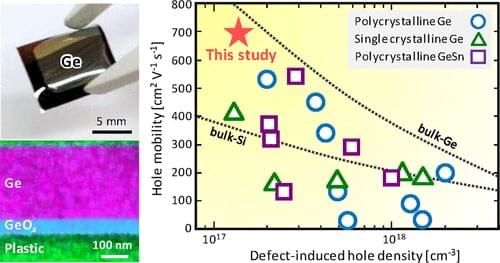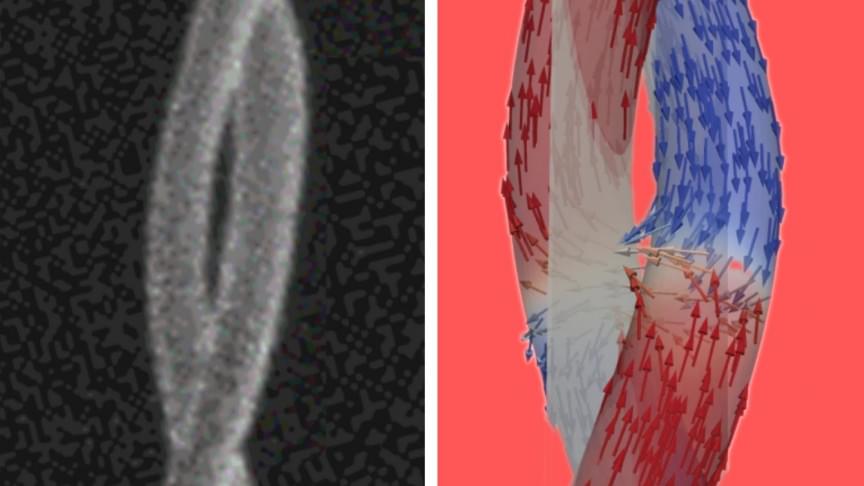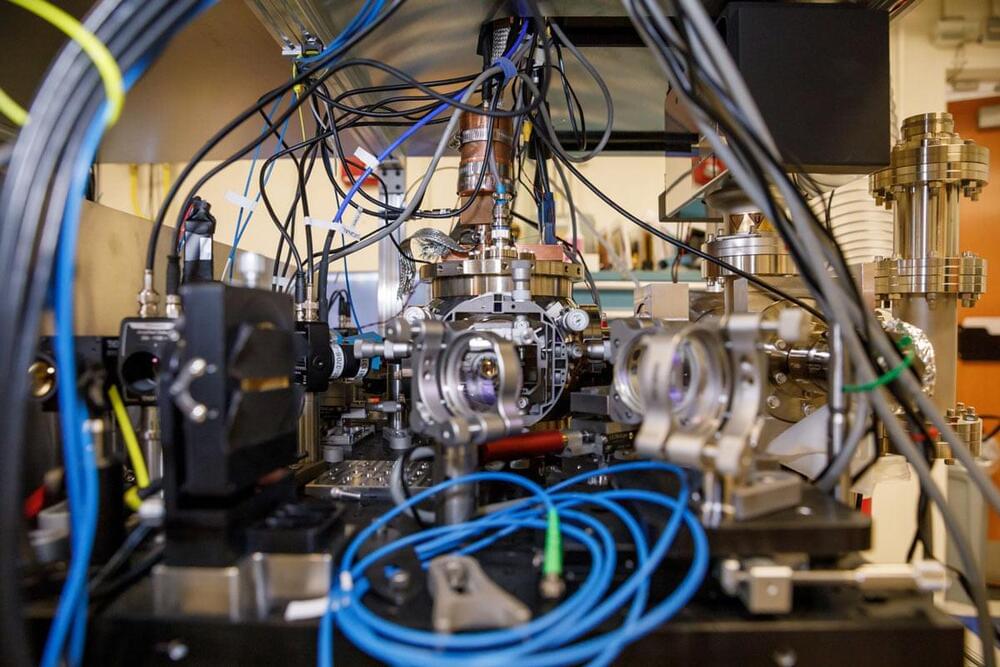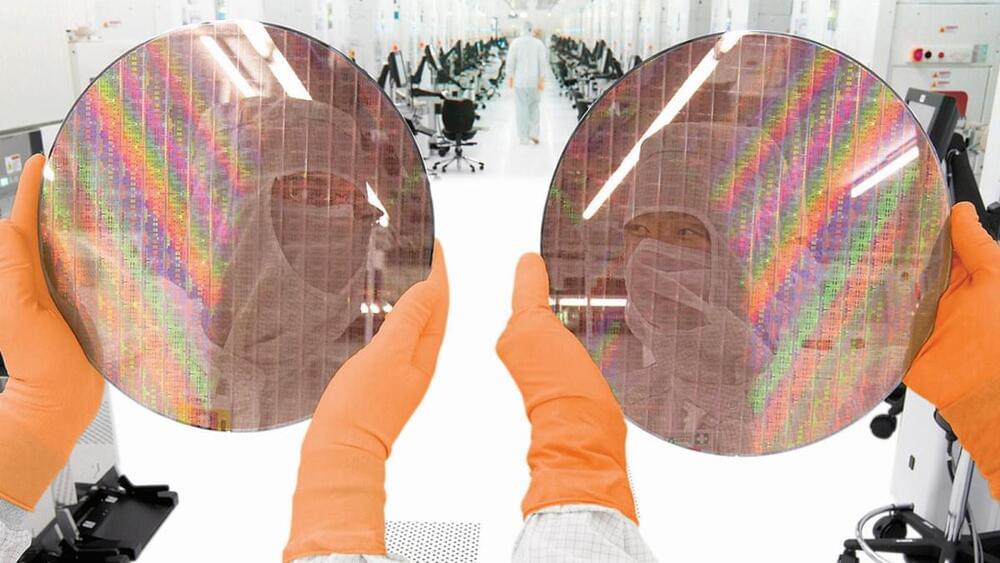Meta surely won’t have a free run.
Chinese search engine giant Baidu has launched its own version of the metaverse, called Xi Rang, South China Morning Post (SCMP) reported. A video released by the media outlet shows users experiencing the metaverse through virtual reality (VR) headsets and handheld controllers.
Following Facebook’s rebranding to Meta, the word Metaverse has quickly become a commonly used term. Last month, Microsoft had declared how it planned to integrate the metaverse into its existing products. As with all things tech, one would expect U.S. companies to run ahead of the rest of the world, but Baidu is not going to let that happen so easily.
At first glance, Xi Rang looks a bit primitive as compared to legless floating avatars we saw in Horizon World’s preview earlier this month. However, the videos are likely from the public demonstrations held previously and could see more improvements in the final release. Even if that does not happen immediately, Baidu’s version of the metaverse will remain accessible to the larger public as it can be accessed via smartphones and computers, and not just VR headsets alone as in the case of Meta.
Full Story:


